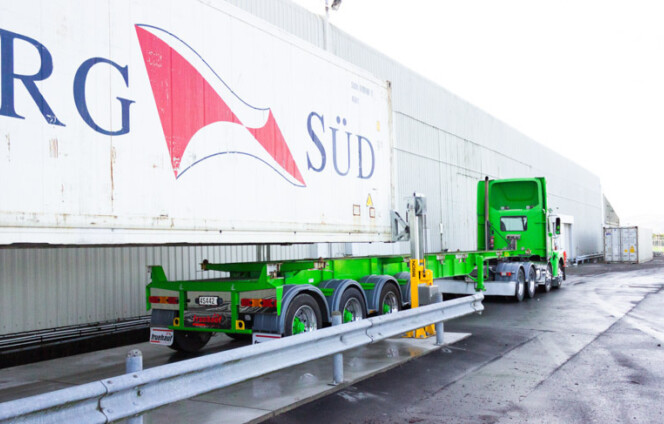Stuff, Strip, Unload, Load Containers - All Without A Dock
So you need to stuff or strip a container, but you don’t have access to a loading dock. What are your options? There are lots of different equipment options and processes that can help you get the job done.
How you go about procuring the right equipment depends on your operation and budget. Buying and maintaining your own equipment may make sense if you’ve got an established operation with regular container throughput. But if you’re running a shorter term project or have capital constraints, renting the equipment, or paying a contractor to supply a container handling service, may be right for you.
From an operating standpoint, you have two general options for loading and unloading containers without a dock:








